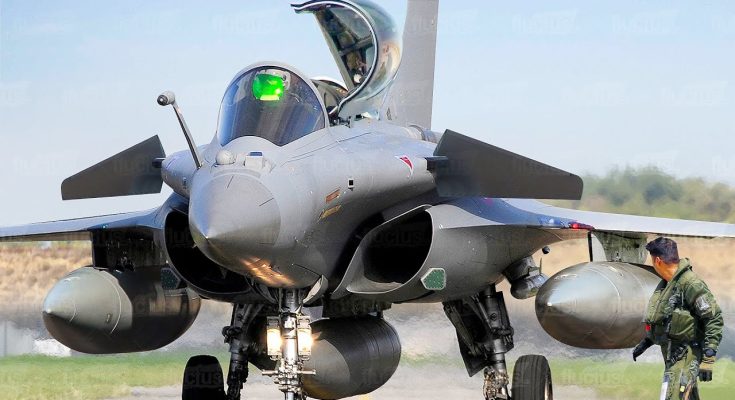Why Super Advanced European Fighter Jets Are So Weird Looking
If you’ve ever taken a close look at the latest European fighter jet designs—like the Dassault Rafale, Eurofighter Typhoon, or upcoming sixth-generation projects such as Tempest (UK/Italy) and FCAS (France/Germany/Spain)—you might’ve noticed something: they look a bit weird. Sharp angles, canard forewings, strange air intakes, and futuristic contours make them stand out from the clean lines of American jets like the F-22 or F-35. But these “weird” looks aren’t just for show—they’re packed with purpose.
One of the biggest reasons for their unique designs is multinational collaboration. Many of Europe’s advanced jets are joint ventures between multiple countries, each with different defense needs and industrial strengths. For example, the Eurofighter Typhoon was developed by the UK, Germany, Italy, and Spain. As a result, its design is a compromise of various requirements: air superiority, ground attack, versatility, and compatibility with different systems. This often leads to unconventional solutions and aesthetics.
Another factor is aerodynamic innovation. European jets frequently use canard forewings (small winglets near the cockpit), which help with maneuverability, lift, and stability at high angles of attack. These features make jets like the Rafale and Typhoon extremely agile in dogfights—an advantage in close-quarters air combat. While they may look unusual, these aerodynamic choices are optimized for performance rather than stealth alone.
Speaking of stealth, European nations historically have not focused as heavily on radar invisibility as the U.S. has. The F-22 and F-35 prioritize low radar cross-section, which heavily influences their sleek, angular, and “blended” shapes. European designs, however, have prioritized sensor fusion, electronic warfare, and agility, assuming that future combat will rely more on data-sharing and advanced sensors than just radar invisibility. That’s changing with sixth-gen projects like Tempest and FCAS, which are incorporating stealth more aggressively—but with their own spin on what that looks like.
Another key difference is engine and intake design. Look at the intakes on a Typhoon or Rafale—they’re sharply angled or protruding, often unlike the more hidden inlets on American stealth aircraft. This design allows for better airflow in high-speed flight and is easier to maintain, but again, it sacrifices some stealth for performance and practicality.
Europe’s geographic and strategic realities also play a role. European fighter jets are often designed for shorter runways, dense airspace, and multi-role capability. Unlike the U.S., which might operate jets from huge bases or aircraft carriers across oceans, European air forces need aircraft that can handle rapid response, dispersed operations, and interoperability across NATO.
In conclusion, European fighter jets may look strange compared to their American counterparts, but every odd curve, canard wing, and jagged intake serves a purpose. These designs are a direct reflection of Europe’s unique defense priorities, engineering philosophies, and collaborative approach to military aviation. So yes—they look weird. But they’re weird with intent, and in the high-stakes world of air combat, that weirdness can be a serious advantage.



